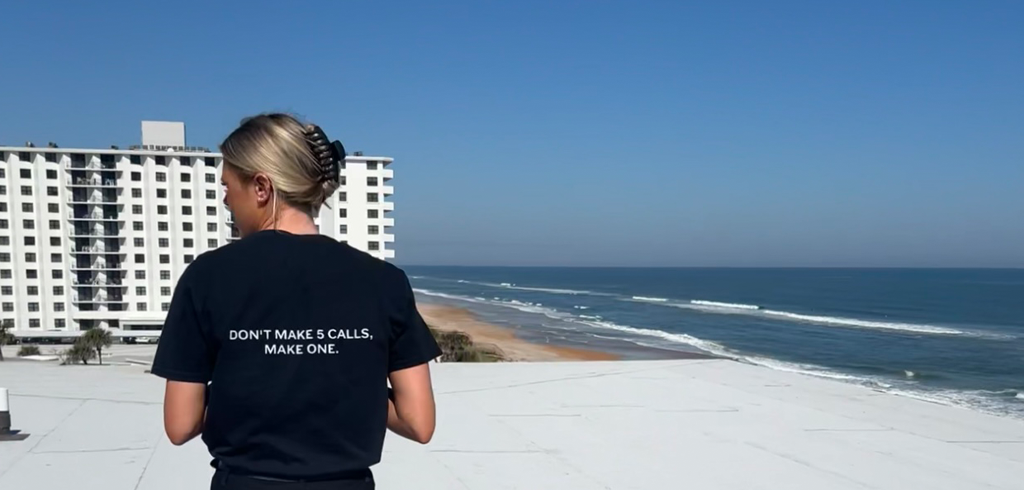4 Effective Strategies To Mitigate Water Damage In Multifamily Buildings

Multifamily water damage often begins quietly as an unnoticed leak, a minor roof flaw, or a faulty appliance. But the impact can be widespread, affecting dozens of units and shared spaces.
These incidents are not only expensive to fix, but they can also interrupt lives and damage trust between tenants and property managers. For that reason, prevention and a fast response are important.
The best strategies start long before any problem appears. Conducting regular insurance/damage claim reviews, for instance, prepares property managers to act swiftly after an incident. Without clear documentation and updated coverage, even minor issues can turn into major financial setbacks.
Know the Common Risk Zones in Multifamily Properties
Areas with high foot traffic, shared mechanical systems, and older plumbing tend to experience more problems. Rooflines connecting several units can channel unexpected volumes of rainwater. Broken seals around windows and doors also let water in over time.
In some cases, it’s the result of outdated materials not suited for the regional climate.
One of the most effective preventive tools is a construction monitoring program. These evaluations can catch structural concerns early, especially in buildings that undergo frequent tenant turnover or remodeling.
Monitoring also gives property owners documentation that shows they’re acting in good faith, which can help during insurance assessments.
Set Up Drainage Systems that Actually Work
Multifamily building damage often stems from poorly managed stormwater. If a drainage system is clogged or misdirected, even a moderate rain event can flood basements or garages. Gutters, scuppers, and downspouts should be inspected and cleaned regularly.
It’s also important to grade landscaping so that water flows away from foundations.
Consider installing sump pumps in low areas. These devices can quickly redirect incoming water. Make sure they have battery backups, since power outages often happen during storms.
Focus on Interior Protection Measures
Inside each unit, make sure appliances and plumbing fixtures meet local codes and are inspected during tenant turnover. Water heaters and washing machines are common sources of leaks. If a tenant reports a minor drip, treat it as a priority because small issues rarely stay that way.
Smart leak detectors are a good investment. These devices alert management when abnormal moisture levels are detected. Placing them near HVAC systems or under sinks adds another layer of early protection.
Documentation and Communication Go Hand in Hand
When a problem arises, accurate records help teams respond faster. Maintain logs for inspections, complaints, repairs, and maintenance schedules. These records don’t just protect the property; they also help resolve multifamily damage claims more efficiently.
Clear communication with tenants is another must. Let residents know how to report issues and what signs to watch for. If a resident notices bubbling paint, warped flooring, or an unexplained odor, they should know who to contact right away.
Get Ahead of Multifamily Building Damage
Multifamily water damage creates costly and disruptive chain reactions. That’s why thoughtful planning, consistent oversight, and early detection matter. Stone Building Solutions provides expert support for property managers, condo boards, and developers.
From construction monitoring to insurance/damage claim assistance, our team helps reduce surprises. Contact us to protect your multifamily property from the risks water can bring.
